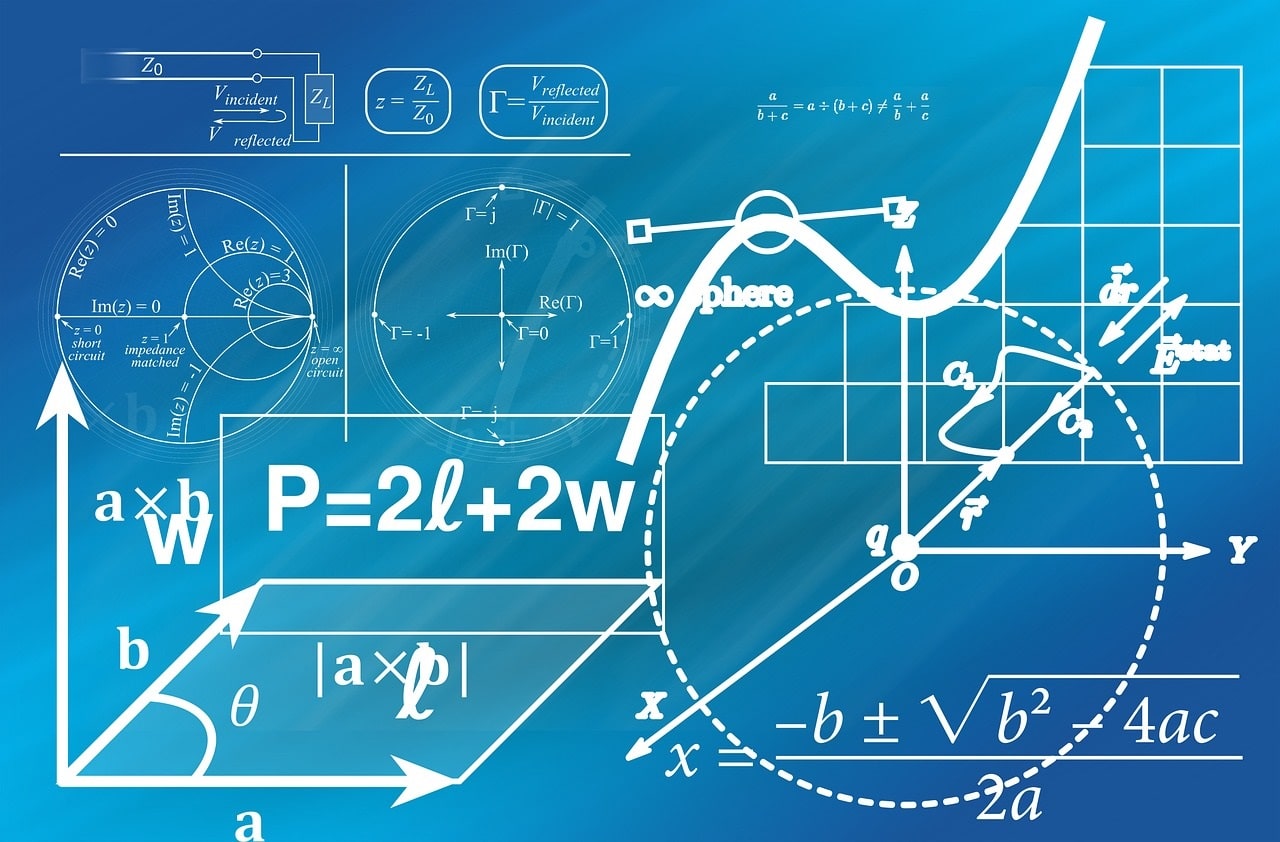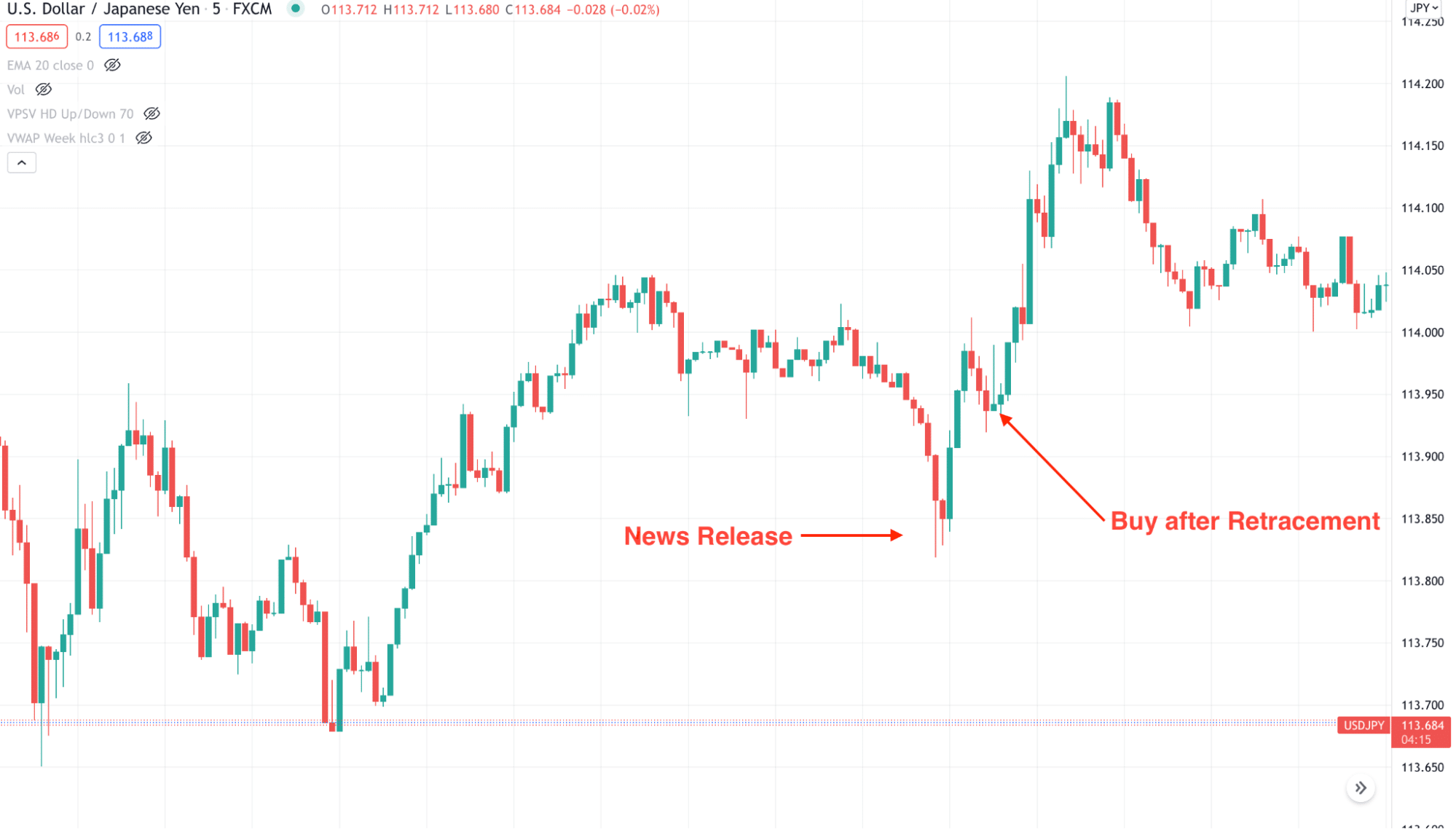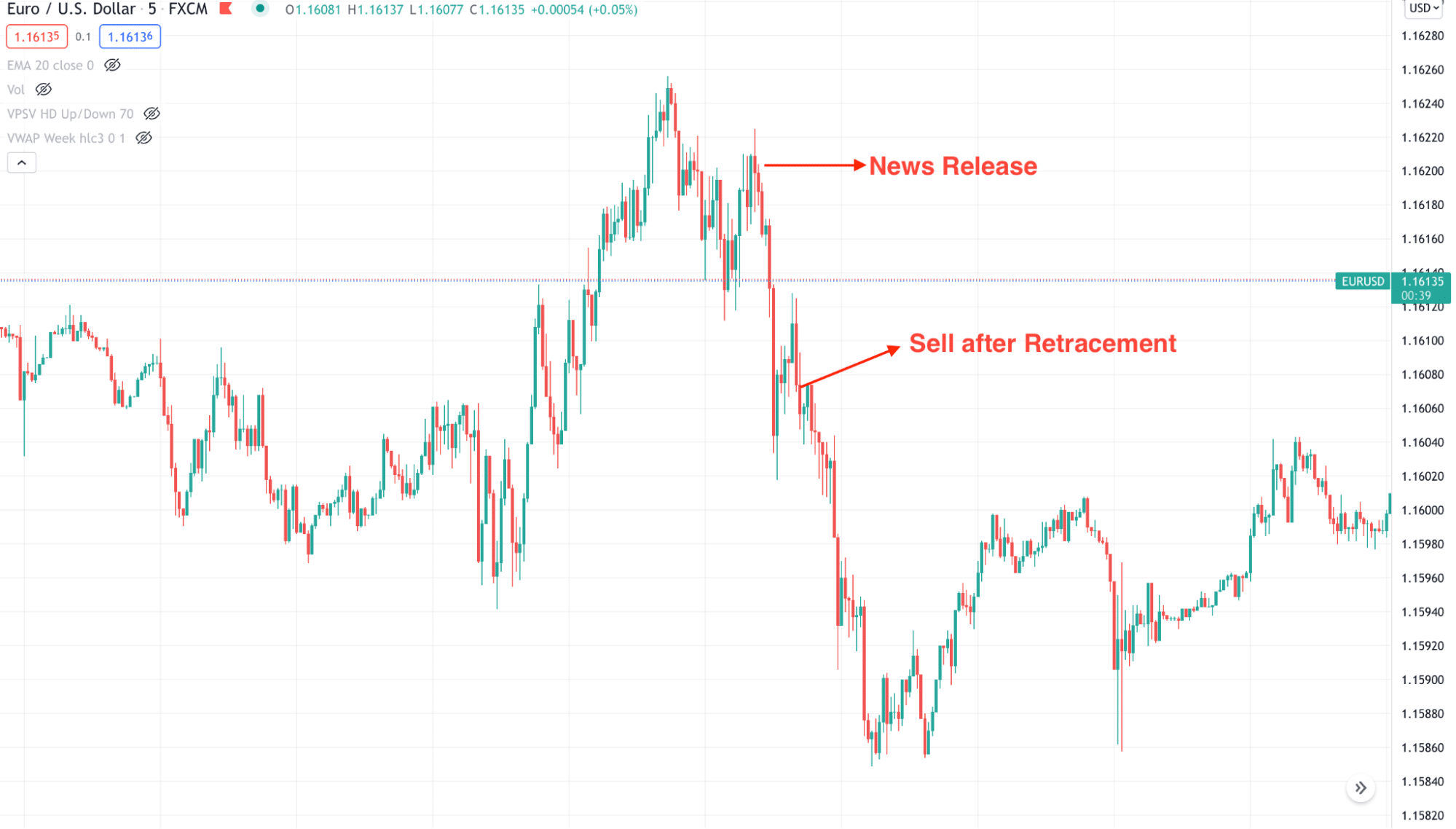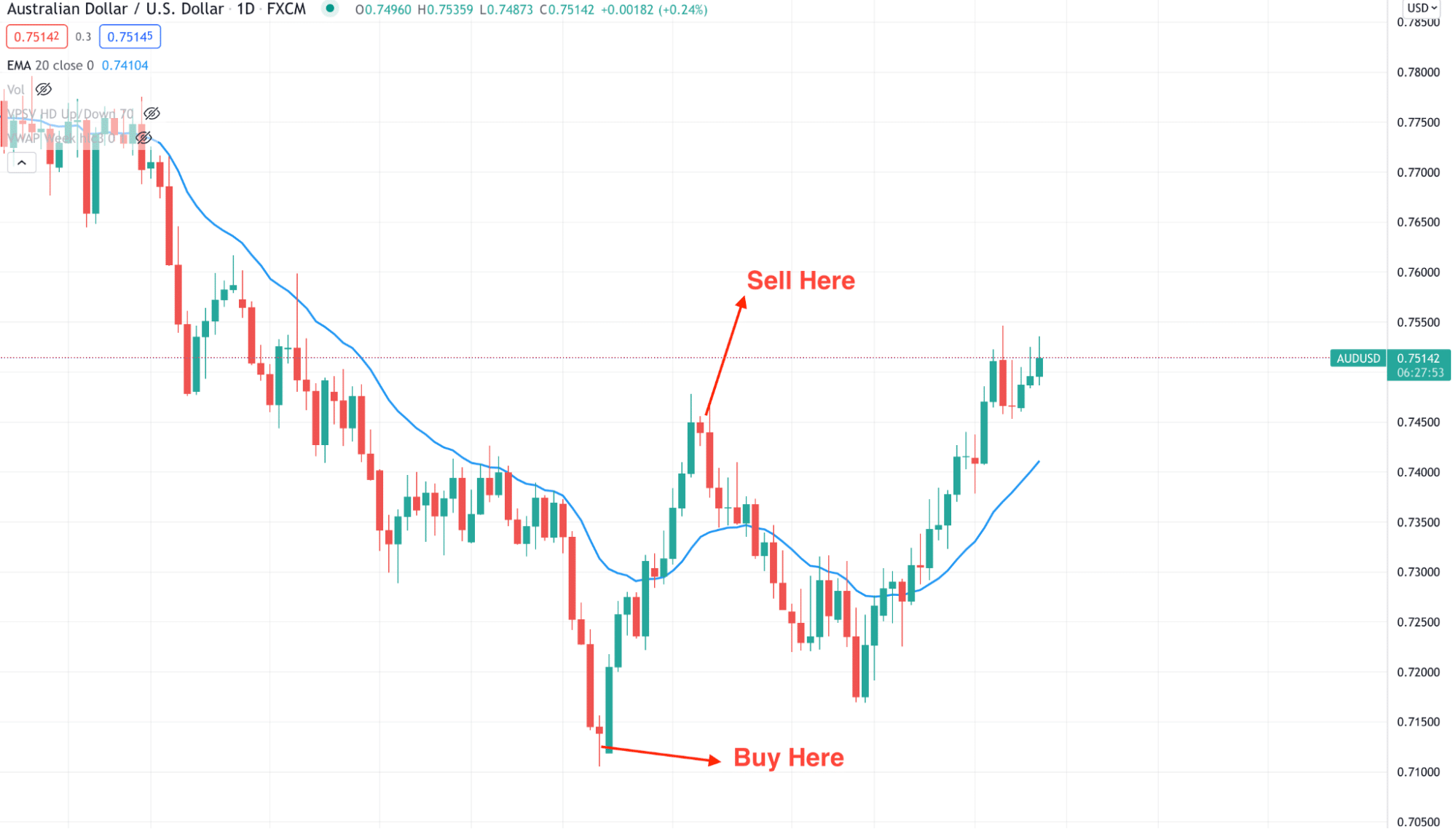Trading in the financial market needs additional attention to the market context, particularly when discussing institutional trading. It takes several facts in their trading besides focusing on a strategy, and quant trading is one of them.
Quant trading is not an exact buying and selling method using technical charts. Instead, it is a graphical presentation of data related to the market. As many factors affect the global financial market, understanding quant trading and implementing it would dramatically increase accuracy. The following section will see associated knowledge about quant trading, including exact buying and selling methods.
What is Quant trading?
It is a process to use mathematics and statistics to identify the direction of financial instruments. This trading system includes the complete solution in trading that includes market analysis to trade management.
Quant analysis consists of calculation and research of finding complex price behaviors in numbers. However, this method needs strong computational power. Therefore, most institutions and hedge funds use this method to find the most accurate market behavior. In recent years, the global financial market has become complex due to technologies that increase the number of traders. Therefore, the perfection of quant trading has become stronger than before.
How to identify success in Quant trading?

Quant trading uses a lot of data in finding the price direction. Therefore, unlike the traditional financial system, it uses statistics rather than price charts.
If you find that the stock moved higher in the past chart after a spike, you can consider doing the same in the future. For example, if you want to take a trade based on a price spike in Microsoft stock, you can create a quant trading program that identifies the entire history and price action of MFST during the spike. Moreover, the quant program will show the statistical data from the past by exactly showing how much percentage the stock moved on average.
If you are interested in success in the quant trading method, make sure to understand the key difference between quant trading and algorithmic trading.
Algorithm-based trading is a process to use an automated system where the user sets a parameter based on his expertise and experience. Once the price meets that parameter, it will open trades automatically. Moreover, some algorithmic trading systems include a built-in trade execution and management system that can determine where to open the trade and manage the risk. However, in this strategy, we will focus on building a system based on quant trading.
Let’s see some key features of quant trading that most of the traders should know:
- It is a process to analyze the market based on statistical data. Therefore, the power to open/close and manage trade remains in traders’ hands.
- It uses complex analysis on price, while algorithmic trading depends on an automated technical trading system.
- No chart analysis on quant trading is not a part of technical trading.
A short-term strategy
In the short-term trading, we will find the market behavior during the news time. There might be several parameters, but we are interested in finding the price action after the news release. This quant trading strategy needs computational power to monitor the following price behavior:
- Non-farm payroll release and its effect on major pairs.
- Correlation between the NFP and Interest rate.
The computational power identified that major pairs follow the NFP’s direction if the interest rate is supportive.
Bullish trade setup
Based on the parameter in the above section, if the non-farm payroll comes positive with the support from the interest rate, we can consider by trading in the following currency pairs: USD/CAD, USD/JPY, and USD/CHF.
Before opening the buy trade small confirmation from the chart is essential:
- New released, and results appeared as per expectation.
- Price showed an immediate impact in the five-minute chart.
- After the primary wave, price came down and formed a bullish rejection candle.

Bearish trade setup
Our quant trading metrics show that the USD may grow; we should follow the selling entry on these pairs: EUR/USD, GBP/USD, and AUD/USD.
Later on, open a sell trade with these confirmations:
- New released, and results appeared as per expectation.
- Price showed an immediate impact in the five-minute chart.
- After the primary wave, the price moved up and formed a bearish rejection candle.

A long-term strategy
An investment mindset is vital in long-term trading to allow traders to HODL their position until a favorable situation comes. In this method, you can use multiple metrics to find the market direction. For example, GPS reports, immigration results, consumer indexes, etc. After that, find the price to move against the sentiment and catch the mean reversion.
Bullish trade setup
The bullish trade is valid once quant metrics show bullish signals, but the price aggressively moves lower. As a result, the gap between the price and dynamic 20 EMA on the daily chart has expanded. Therefore, open a buy trade from a suitable level with the stop loss below the bullish candle with some buffer.
Bearish trade setup
It is almost similar to the bullish trade setup. If the quant metrics show a bullish momentum for the USD, find selling opportunities in currency pairs where the USD is the second currency. Find the price at resistance with a gap from dynamic 20 EMA and open a sell position with a proper stop loss.

Pros & cons
| Pros | Cons |
| It allows traders to look beyond the trading chart and economic calendar. | Quant trading depends on mathematics and statistics that may show inaccurate results. |
| Quant trading works as a tool to increase trading accuracy. | Even if you follow quant trading, you should learn a strategy. |
| It does not conflict with technical and fundamental analysis. | Quant trading does not help in managing trades. |
Final thoughts
The global financial market is getting complicated day by day where traders should make smart decisions with technologies. Quant trading allows people to see the broader context where buying and selling become easy. However, risk management is still an important tool that you cannot ignore, even if you use quant trading in your strategy.




